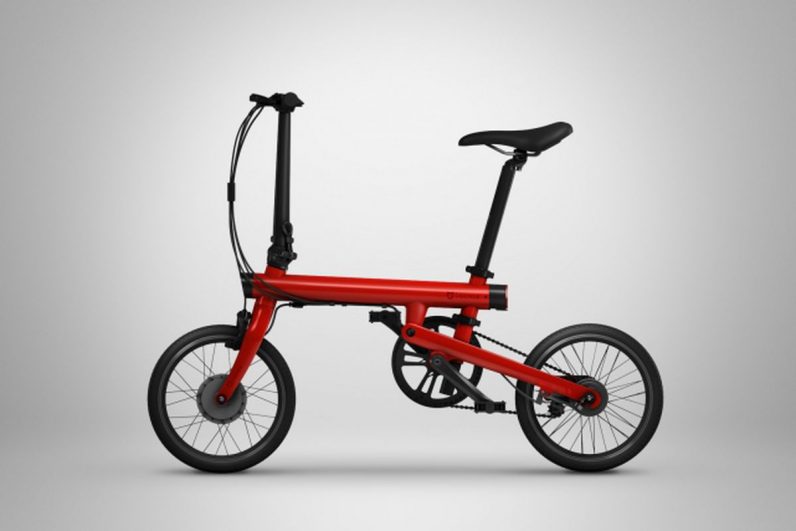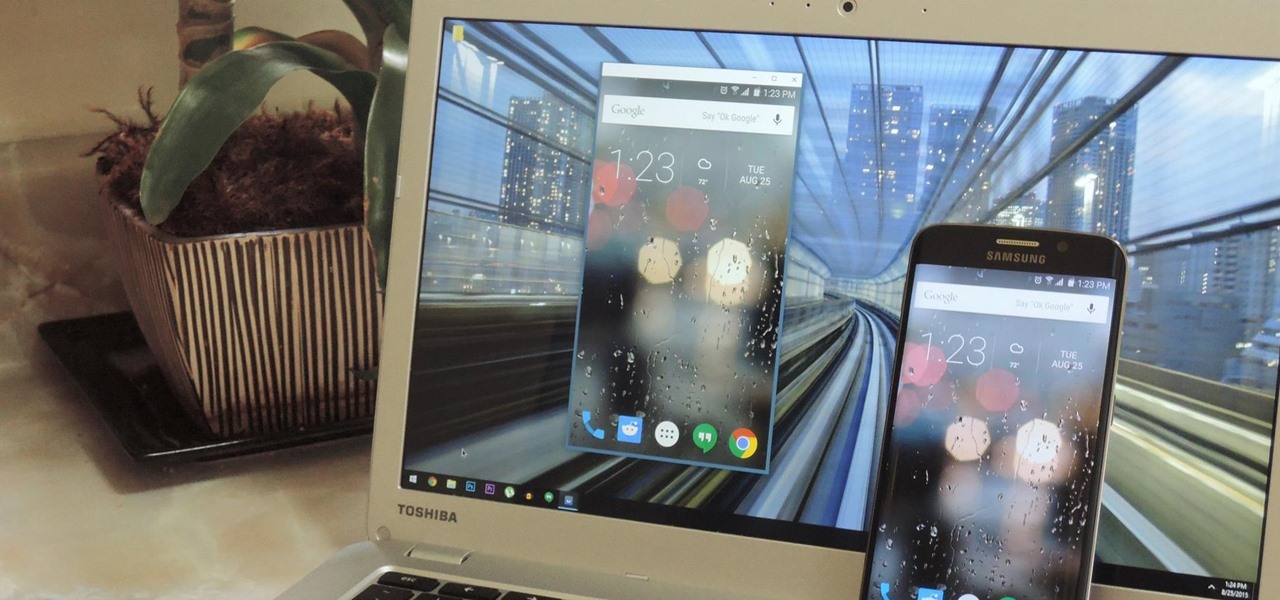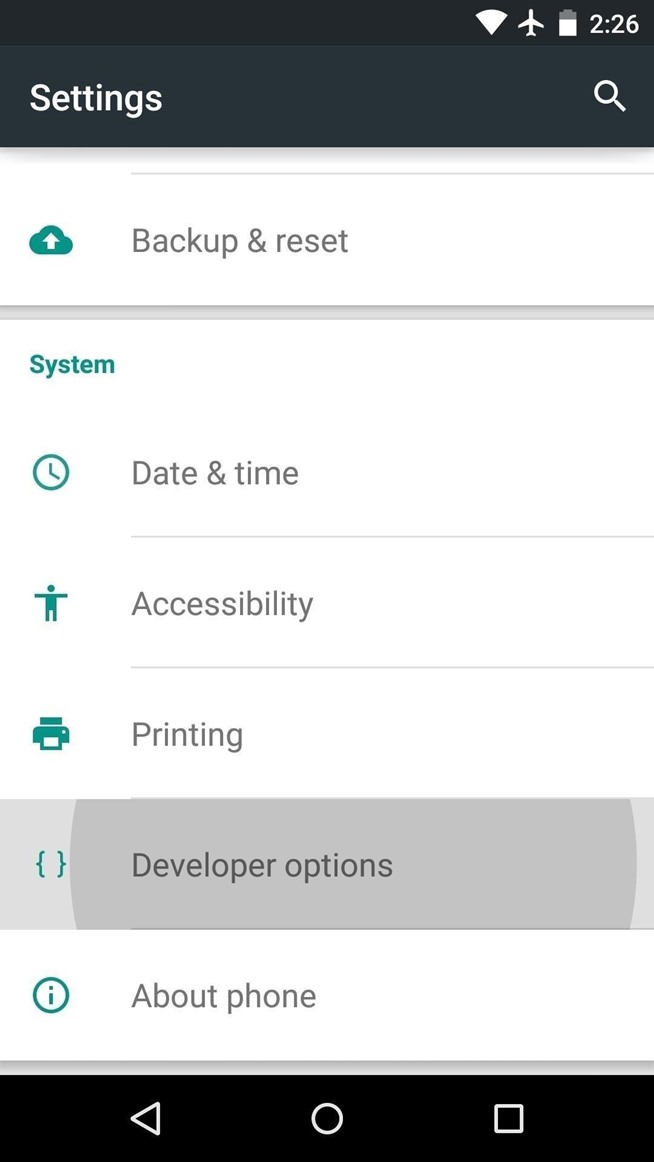
When you first hear about electric bicycles, you might picture an electric motorcycle or a scooter. However, they look quite different – much like a regular bicycle with several added electrical components such as a motor, battery and controller. These are all seamlessly integrated into the design of the bike and they make up the fundamentals of all of these vehicles available on the market.
Electric bikes handle and pedal just like a regular bicycle. Overall, they also use the same parts. The electric component is meant to enhance human power, but not totally replace it. It makes obstacles such as headwind and hills easier to handle and lets you travel further distances without getting so tired.
To operate one, the battery needs to be charged then you can turn on the controller system, then twist a throttle, pedal the bike forward, or pull the trigger to start the motor drive system. The throttle-only drive acts a lot like a traditional gas-powered scooter since the rider does not have to pedal. On the other hand, pedal-assist mode uses the input of the rider as the throttle signal.
Electric bikes rely on three main components working together to operate: The electric motor, drivetrain and battery.
The motor
The electric motor is the most important feature. The three different kinds of motors which can be found on a majority of electric bikes, are the front hub, rear hub, and mid-drive motor.
Front hub motors are fond on the front tire and give the rider propulsion from spinning the tire. The motor gives the rider the sensation of feeling the bike is pulling forward. Rear hub motors on the other hand, give propulsion by spinning the back tire. They push you forward, which may feel more natural for conventional bike riders than the front hub motors. Power is sent to the drivetrain of the bike rather than a hub in mid-drive motors. The central location of this motor gives a riding sensation that is more natural than either hub motor.
The battery
Batteries today provide riders between 20 and 60 miles per charge. Their range depends on the style of riding – pedal assist, pedal only, or electric only.
In pedal assist bikes, the motor is activated only when the pedals are in motion. Doing so lets the rider still get a workout, but gives you an additional boost to make the ride easier. Pedal only bikes ride just like a normal bicycle, powered by you. In electric only, you simply need to twist the throttle and the bicycle turns on much like a moped. With no assistance from you, this vehicle has the biggest drain on the battery.
Drivetrain
The drivetrain gives you the torque and power needed to turn the wheels of the bicycle manually. Mid-drive motors send power right to the drivetrain, which makes chain cranking easier. A majority of drivetrains also let you shift gears, which vary the difficulty of pedaling.
The jolt
If you are in the market for an electric bicycle, one that is up and coming is the Jolt. A newly designed bike, the Jolt is said to be the most affordable vehicle of its kind. Plus, it folds up for convenient and easy storage, and it ships to you completely assembled.
The Jolt comes equipped with a 36V and 350-watt motor, plus has a fifty-mile range with an LG high-quality lithium-ion battery. Therefore, you get fifty miles of range with pedaling alone, or thirty miles without any pedaling at all. The speed of this bike is capped at 20 mph. It has the power to propel the bike at higher speeds, but regulating it at 20 mph keeps it street legal and reduces the wear on the engine.
Additional features
Almost every electrical bike is equipped with a small LED or LCD display, which monitors some vital riding figures and stats such as battery level, current speed, trip mileage, total mileage, and electric assistance level. Some models, which are advanced, have a display that features advanced stats like cadence monitor, light indicators, current temperature, calorie meter, or navigation.
Lastly, if you are going to ride at night or in inclement weather, lights are an essential you need to have. A lot of bikes come with built-in lights, and if that is the case they are powered usually from the main battery. You may, however, need to purchase lights separately.
courtesy: TheNExtWeb.com



















